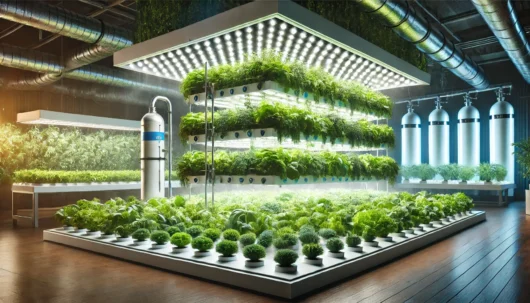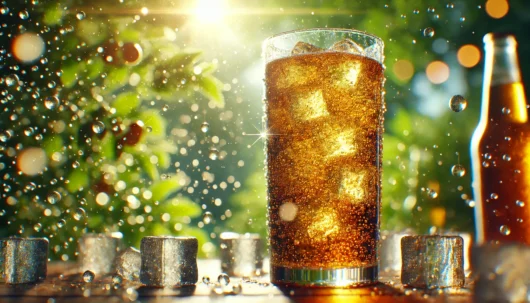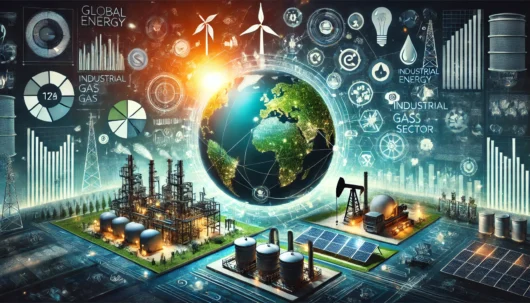In the fast-evolving landscape of the beverage industry, the future trends in CO2 usage are becoming increasingly crucial. Technological advancements, such as Carbon Capture and Storage (CCS), are poised to reshape the sector, enabling brands to source CO2 more sustainably and offset their carbon footprint. As consumer consciousness around sustainability grows, the demand for carbon-neutral beverages is amplifying, prompting businesses to innovate continually.
The global outlook indicates a significant push towards achieving net-zero emissions by 2050, yet the current pace of reduction is insufficient. The beverage industry’s carbon footprint, contributing 3.8% of global emissions, underscores the urgency for accelerated efforts. Market dynamics point to a rise in alternative CO2 sources, driven by recent shortages and supply chain disruptions, making the need for reliable, sustainable supplies more pressing than ever.
Understanding these shifts is vital for stakeholders aiming to stay ahead in the market. As the industry grapples with the challenges of sustainability and carbon footprint reduction, keeping abreast of these trends is not just beneficial but essential. The future of CO2 in beverages hinges on innovation and adaptation, setting the stage for an array of new market opportunities.
Market Overview and Forecasts
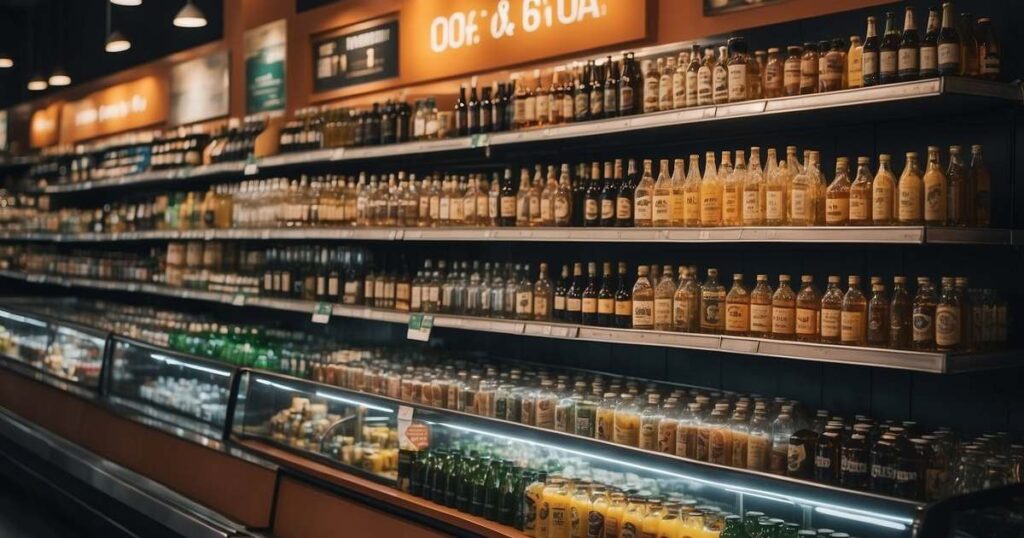
The future landscape of the beverage carbon dioxide (CO2) market is set to undergo significant changes due to factors such as increasing market size, evolving regional dynamics, and the strategic roles played by key industry players.
Current Market Scenario
In 2023, the global carbon dioxide market size was valued at approximately USD 11.11 billion. Growth is expected to continue at a compound annual growth rate (CAGR) of 3.6% from 2024 to 2032, potentially reaching USD 15.21 billion. The growing demand for carbonation in beverages such as soft drinks and sparkling water is a primary market driver. However, challenges such as fluctuating raw material costs and regulatory restrictions pose significant restraints.
Regional Insights
The global carbon dioxide market shows varied growth patterns across different regions.
North America remains a significant market with steady demand, driven by established beverage industries.
Europe is witnessing moderate growth due to stringent environmental regulations and the shift towards healthier beverage options.
Asia Pacific is expected to exhibit the highest growth rate, particularly in countries like India and China, due to rising disposable incomes and urbanisation.
The Middle East, Africa, and South America also hold potential for market expansion but face economic instability and infrastructure development challenges.
Key Industry Players
Major players in the beverage CO2 market include Linde, Air Liquide, and Air Products and Chemicals. These companies hold substantial market share due to extensive distribution networks and technological advancements. Other notable players like SOL Group, Matheson Tri-Gas, Carbacid, Hunan Kaimeite Gases, and China BlueChemical also contribute significantly. Their strategies focus on sustainability, innovation, and expansion to capture new opportunities and address challenges in the industry.
Technological Advancements and Consumer Trends
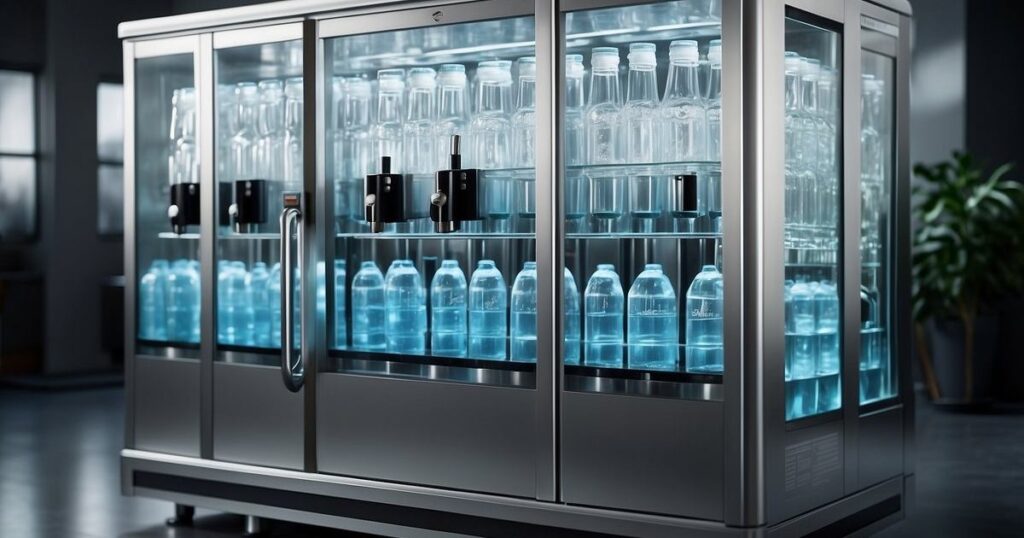
Understanding technological advancements and consumer trends is essential for navigating the future of CO2 usage in beverages. Innovation is pushing the boundaries of CO2 extraction and production while shifts in consumption patterns and regulatory pressures influence the landscape.
Innovations in CO2 Extraction and Production
Technological advancements in CO2 extraction and production have made significant strides. Beverage-grade CO2 now achieves purity levels of 99.9% to 99.95%, enhancing the quality of carbonated drinks like sodas, beers, and seltzers. Modern techniques employ natural gas and hydrogen sources, promoting efficiency.
Moreover, the integration of Enhanced Oil Recovery (EOR) and CO2 capture from cement manufacturing contributes to sustainability goals. This CO2, previously considered waste, is now a valuable resource, aligning with broader climate change mitigations.
Consumption Patterns and Preferences
Consumer behaviour in the beverage market is ever-evolving. The COVID-19 pandemic highlighted shifts towards at-home consumption, influencing market dynamics. Post-pandemic, demand for carbonated soft drinks and non-alcoholic beer has grown, driven by health-conscious choices.
Consumers increasingly favour products with clear sustainability credentials. Plant-based beverages and low-carbon footprint options have surged in popularity. There’s a notable increase in beverage choices that cater to environmental consumer sentiment, such as CO2-infused teas and seltzers crafted with eco-friendly processes.
Environmental Impact and Regulatory Challenges
The environmental impact of CO2 usage in beverages invites scrutiny, prompting regulatory actions. Governments are tightening regulations to ensure CO2 emissions align with climate change targets. This affects transportation, raw materials, and packaging, compelling the sector to innovate.
Efforts to reduce greenhouse gas emissions are central. Innovative packaging solutions and efficient distribution networks are vital. The beverage-grade CO2 Market is expected to grow as cleaner, more efficient technologies become mainstream. Meeting these challenges requires balancing regulatory compliance with consumer demands for sustainability and quality.
Describing the nuances of these subtopics reveals a dynamic interplay between technological innovation, consumer trends, and regulatory frameworks.
Frequently Asked Questions
Carbon dioxide (CO2) plays a crucial role in the beverage industry. From its utilisation in production processes to its environmental impacts and the search for sustainable alternatives, this section provides clear and concise answers to common questions.
How is carbon dioxide utilised in the production of soft drinks and beers?
CO2 is essential for carbonation, giving beverages their fizz and enhancing taste. In the brewing process, CO2 is produced during fermentation and can be recovered and purified for use. Soft drink manufacturers add CO2 to their products post-production to achieve desired carbonation levels.
What technological advancements are driving the sustainable production of beverage-grade CO2?
Technological innovations such as carbon capture and storage (CCS) and direct air capture (DAC) are being integrated into beverage production. These methods reduce reliance on traditional CO2 sources and mitigate greenhouse gas emissions, promoting a more sustainable production process.
Can the beverage industry adopt alternative gases to CO2 for carbonation purposes?
While CO2 is currently the standard, research is ongoing into potential alternatives like nitrogen and argon. However, challenges exist in replicating CO2’s carbonation properties and ensuring safety and regulatory compliance.
What are the environmental impacts of CO2 sourcing for the beverage industry?
Sourcing CO2 often involves significant greenhouse gas emissions, especially when derived from fossil fuels. The environmental impact includes an increased carbon footprint and potential resource depletion, prompting the industry to explore more sustainable sourcing methods.
How is the food and beverage sector mitigating the risks of CO2 supply shortages?
To counteract supply shortages, the sector is investing in CO2 recovery systems and diversifying supply chains. Utilising biogenic CO2 from natural fermentation processes also provides a more reliable and sustainable source.
What role do CO2 recovery and reuse play in the circular economy within the beverage industry?
CO2 recovery and reuse are integral to the circular economy, reducing waste and lowering costs. By capturing CO2 produced during fermentation and reusing it, companies minimise their environmental impact and enhance sustainability.
